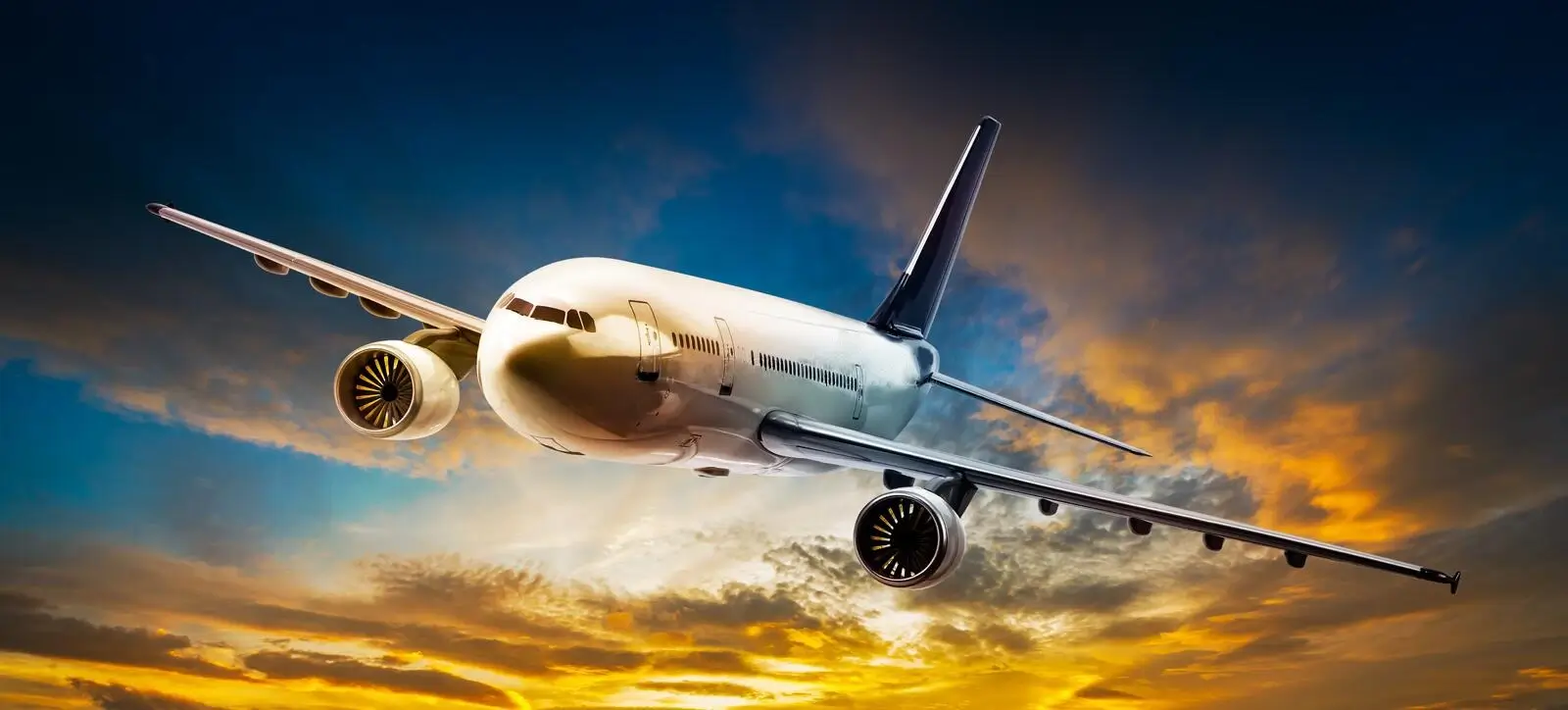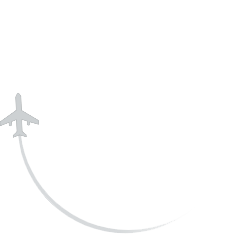Dhaka is the capital and largest city of Bangladesh, located on the eastern banks of the Buriganga River. It is one of the most densely populated cities in the world and serves as the political, cultural, and economic hub of Bangladesh.
- Population: Dhaka is one of the most densely populated cities globally, with a population of over 21 million people as of recent estimates. The population growth rate has been significant over the past few decades due to rural-urban migration and natural population growth.
- History: Dhaka has a rich history dating back over a millennium. It has served as an important trading and commercial center since ancient times. The city has witnessed various rulers, including the Mughals, British, and Pakistanis, each leaving their mark on its culture, architecture, and society.
- Economy: Dhaka is the economic center of Bangladesh, contributing significantly to the country's GDP. The city hosts various industries, including textiles, garments, manufacturing, pharmaceuticals, and services. The ready-made garment (RMG) industry is particularly prominent, accounting for a significant portion of the country's export earnings.
- Culture: Dhaka boasts a diverse and vibrant culture, influenced by its long history and various ethnic communities. The city is known for its traditional Bengali cuisine, art, music, and literature. It hosts numerous cultural festivals, including Pohela Boishakh (Bengali New Year) and Durga Puja, which showcase the richness of Bengali culture.
- Landmarks: Dhaka is home to several historical and cultural landmarks, including Lalbagh Fort, Ahsan Manzil (Pink Palace), Star Mosque, and Dhakeshwari Temple. The city also features modern architectural marvels such as the Jatiya Sangsad Bhaban (National Parliament House) designed by the renowned architect Louis Kahn.
- Challenges: Dhaka faces various challenges typical of rapidly growing megacities, including traffic congestion, inadequate infrastructure, pollution, and poverty. Urban planning and management remain significant concerns as the city continues to expand.
- Education and Healthcare: Dhaka hosts numerous educational institutions, including universities, colleges, and schools. However, the quality of education varies, and access to education remains a challenge for many residents, particularly those from marginalized communities. Similarly, while Dhaka has several hospitals and healthcare facilities, access to quality healthcare services can be limited, especially in densely populated areas.
- River System: Dhaka is situated in the Ganges-Brahmaputra Delta, making it prone to flooding during the monsoon season. The city is intersected by numerous rivers and tributaries, including the Buriganga, Turag, and Shitalakkhya rivers. While these rivers historically provided transportation routes and supported economic activities, unplanned urbanization and encroachment have led to pollution and degradation of the water bodies, exacerbating flood risks and environmental challenges for the city. Efforts are underway to revitalize and protect the city's river system through initiatives such as river dredging, waste management, and the creation of green spaces along the riverbanks.













